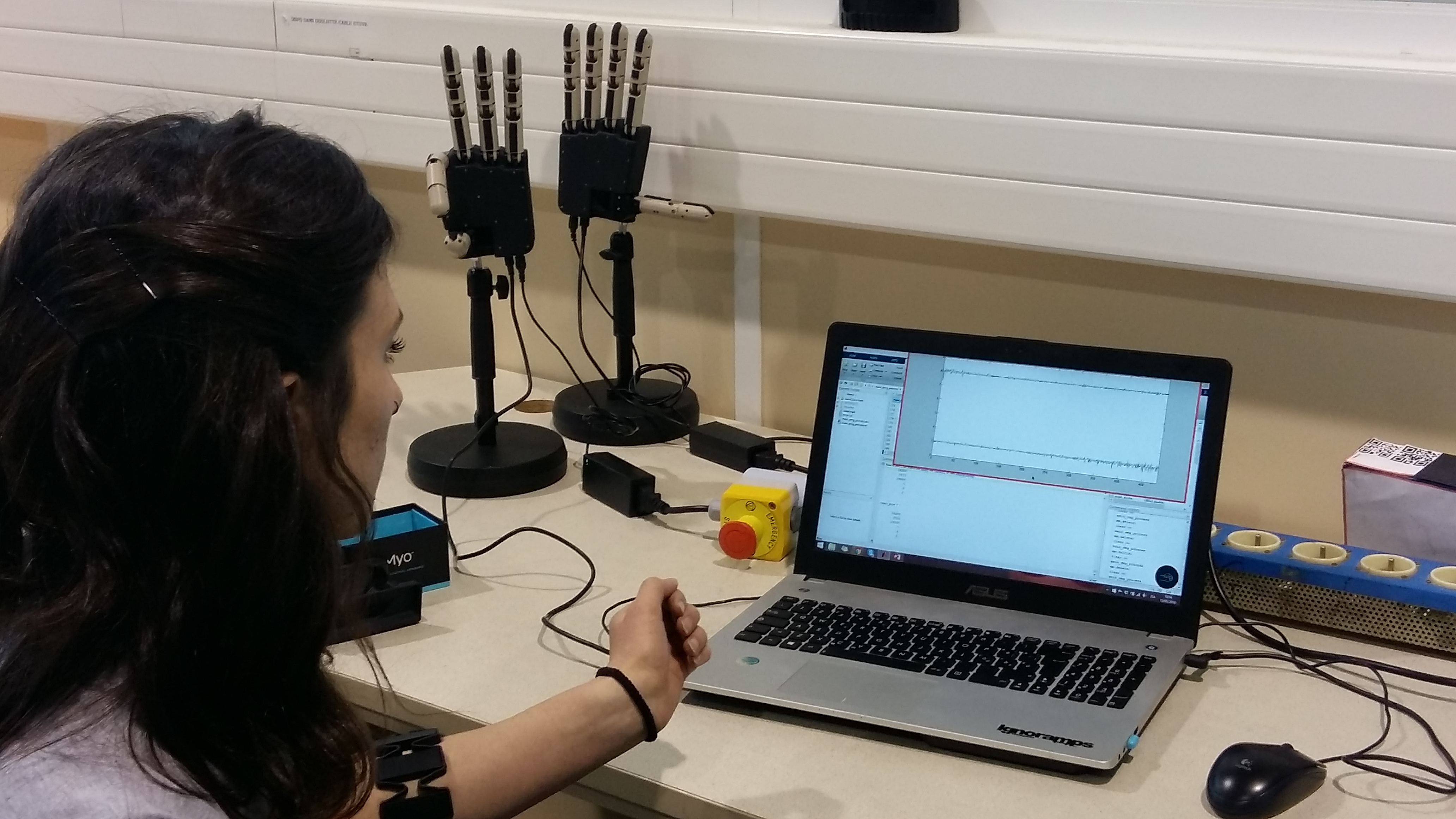- Health - a myocontrolled bionic hand
- Type 1 Diabetes: towards an artificial pancreas, made in Nantes
- Joint Laboratory of Marine Technology: Naval Group, Centrale Nantes and the University of Nantes join forces within the framework of the NExT I-SITE project
- NExT x DeepTech Founders launch: 3 research teams on the path to entrepreneurship!
- NExT gets back on track
- Nantes University obtains I-site NExT certification
Content | Navigation | Direct access | Connection
- Our research
- Excellence in research
- Reinvent engineering
- Institutes & facilities
- 6 research institutes
- Architectural and Urban Ambiances Laboratory (AAU)
- Center for Research in Transplantation and Translational Immunology (CR2TI)
- Jean Leray Mathematical Institute (LMJL)
- Laboratory of Digital Sciences of Nantes (LS2N)
- Research Institute in Civil and Mechanical Engineering (GeM)
- Research Laboratory in Hydrodynamics, Energetics & Atmospheric Environment (LHEEA)
- Research facilities
- Additive Manufacturing and Biofabrication
- Automatic and Systems Control
- Autonomous Vehicles and Drones
- Composite Materials and Processes
- Dynamic Testing Resources and Expertise (PREED Platform)
- Engine and vehicle test benches
- Geomechanics
- Micrometeorology and Wind Engineering
- Ocean test facilities
- Robotics and Interaction
- Sem-Rev offshore test site
- Supercomputer and high performance computing
- Sustainability and Green Building
- Projects and partnerships
- Spotlight
- Knowledge transfer and dissemination
- Development and Project Engineering Team
- Putting public research to good use
- Patents & software
- Centrale Innovation
- Incubator
- Spin-offs
- PhD
- Choose a PhD
- Follow a PhD at Centrale Nantes
- Your contacts
- Prepare for a PhD
- Our researchers
- Excellence in research


 To this end, the researchers collect the electromyographic signal, via electrodes placed on the muscle, t
To this end, the researchers collect the electromyographic signal, via electrodes placed on the muscle, t